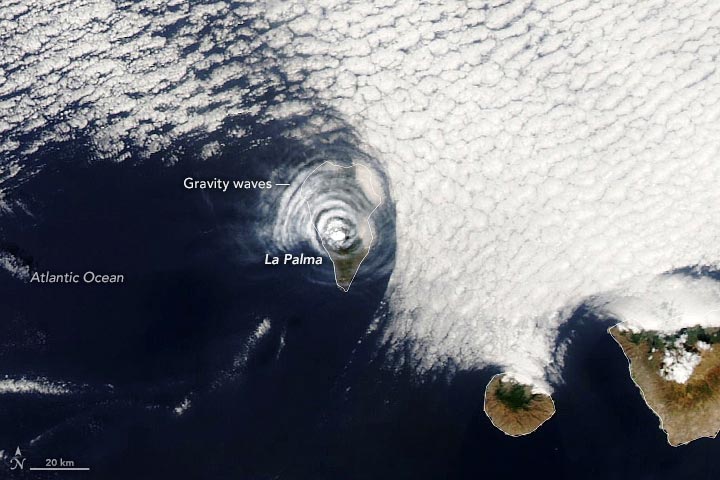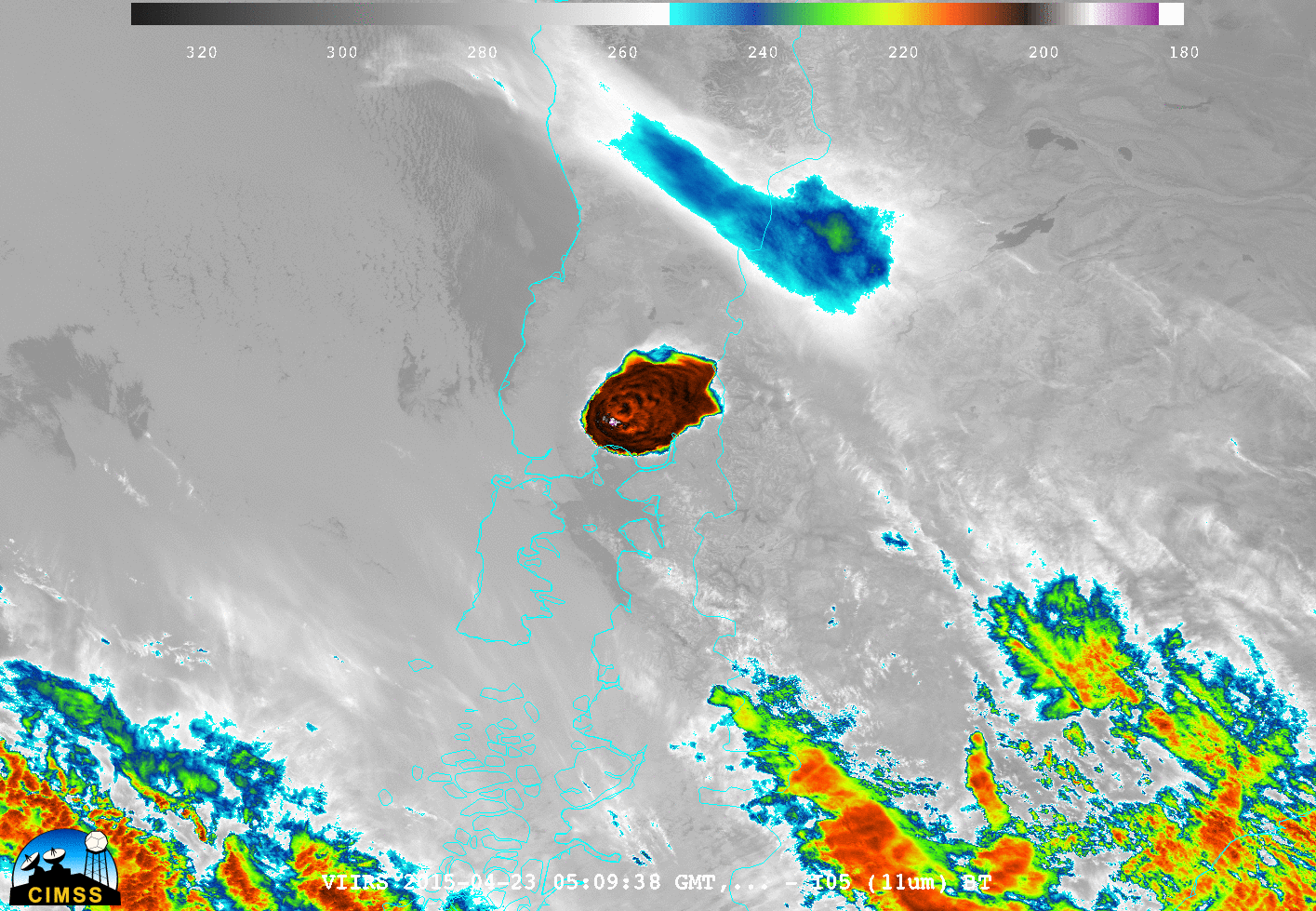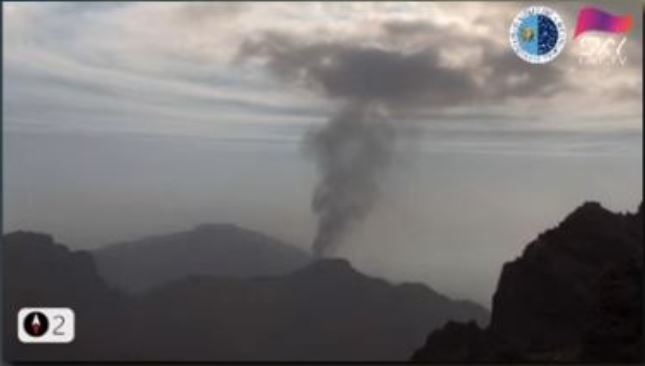It looks like you're using an Ad Blocker.
Please white-list or disable AboveTopSecret.com in your ad-blocking tool.
Thank you.
Some features of ATS will be disabled while you continue to use an ad-blocker.
12
share:
Just the other night I was laying in bed thinking about gravitational waves and what would happen if one hit the Earth? Would it affect time briefly
on the planet? Would I feel anything physically or mentally? Would it feel like you were being stretched like when going through a black hole for a
moment? Just something I was thinking about when trying to go to sleep..... I think of weird things like this.
skyandtelescope.org...
skyandtelescope.org...
Earlier this week, the vast international team associated with three gravitational-wave projects unveiled the results from their latest observing run. The collaboration had already published two key detections from that run, the first-ever smashups of black holes with neutron stars. But this long-awaited third catalog adds significantly to researchers’ full tally, raising the total number of gravitational-wave events to 90.
The catalog includes compact objects caught colliding during the second half of the collaboration’s third observing run (called O3b), which ran from November 2019 until March 2020. This run included both Europe’s Virgo and the U.S.-based LIGO detectors; the Japanese KAGRA project joined the fun for the campaign’s last two weeks.
All four detectors use lasers bounced off mirrors to measure infinitesimal changes in distance as spacetime scrunches and stretches when a gravitational ripple passes through. The observatories turn up thousands of potential events, which scientists weed through with complex computer algorithms.
Scientists have now detected 90 gravitational-wave events, created by the merger of either black holes, neutron stars, or both. The dots indicate the masses of the objects that merged and of the object they created. Pink and yellow dots are detections from electromagnetic observations.
edit on 11/13/2021 by semperfortis because: Corrected All Caps
Let me know when there is a wave approaching so I can get my spacesuit on and my gravity surfboard waxed up. Then I will see when it is when I get
there.
a reply to: ColoradoTemplar
Gravitational waves are ripples in spacetime , like ripples on a lake don't affect the shoreline Gravitational waves don't affect us ... although as we're a part of Spacetime how would we really know , perhaps they do in some small way.
Gravitational waves are ripples in spacetime , like ripples on a lake don't affect the shoreline Gravitational waves don't affect us ... although as we're a part of Spacetime how would we really know , perhaps they do in some small way.
originally posted by: gortex
a reply to: ColoradoTemplar
Gravitational waves are ripples in spacetime , like ripples on a lake don't affect the shoreline Gravitational waves don't affect us ... although as we're a part of Spacetime how would we really know , perhaps they do in some small way.
Ummm…maybe that’s where deja vu…and the Mandela effects…originate from…
Maybe…
YouSir
a reply to: ColoradoTemplar
I wouldn't worry. The average gravitational wave has an h value (amplitude) of around 10^-20 g. That means if you had a rod a kilometer long, a gravitational wave would compress/extend it by roughly the width of a single neutron.
You'll never know it.
TheRedneck
I wouldn't worry. The average gravitational wave has an h value (amplitude) of around 10^-20 g. That means if you had a rod a kilometer long, a gravitational wave would compress/extend it by roughly the width of a single neutron.
You'll never know it.
TheRedneck
edit on 11/14/2021 by TheRedneck because: I didn't proof well enough.
I am more concerned with Earth's gravity, then maybe the Moon's gravity.
If gravity is a wave, then the inverse square law applies. Also, waves can be in or out of phase, and so may re-enforce or cancel each other out. Even though time/space is affected by gravity, the local sources have the greatest effects so things like climbing a ladder or sky diving from a plane are more important issues to deal with IMO.
What's up with this spam bot, RealSaviorFromCyber? It seems to be posting right before I do, maybe I have some kind of malware bug in my computer.
If gravity is a wave, then the inverse square law applies. Also, waves can be in or out of phase, and so may re-enforce or cancel each other out. Even though time/space is affected by gravity, the local sources have the greatest effects so things like climbing a ladder or sky diving from a plane are more important issues to deal with IMO.
What's up with this spam bot, RealSaviorFromCyber? It seems to be posting right before I do, maybe I have some kind of malware bug in my computer.
edit on 14-11-2021 by MichiganSwampBuck because: Added extra comments
What causes gravitational waves?
originally posted by: ColoradoTemplar
Just the other night I was laying in bed thinking about gravitational waves and what would happen if one hit the Earth? Would it affect time briefly on the planet? Would I feel anything physically or mentally? Would it feel like you were being stretched like when going through a black hole for a moment?
Lots of interactions do, but they are usually so small we can't measure them and you definitely can't feel them.
So what causes gravitational waves we can detect? So far it's been mergers of extremely dense and massive things like neutron stars and black holes. The effect of those gravitational waves depends on the distance, and so far what we have detected has been really far away. But closer to the object, the gravitational waves can heat up the surrounding gas and cause it to glow in infrared for thousands of years:
What would happen if NGC 6240's three supermassive black holes merged?
When two supermassive black holes finally merge, their million-year-long orbital dance culminates with an incredible burst of gravitational waves. If this takes place in the core of a galaxy, it can have dramatic effects on the environment. The gravitational radiation can deposit energy into the surrounding gas, heating it up and making it glow in infrared light for tens of thousands of years. Furthermore, the new supermassive black hole born from the merger will generally recoil from the crash, perturbing the orbits of nearby gas and stars. For a sufficiently strong recoil, the new black hole may even be ejected from the galactic core altogether, further affecting future dynamics within the galaxy. Although several of these processes can lead to X-rays and other high-energy electromagnetic emission, they would likely not destroy the galaxy.
Note that says " these processes can lead to X-rays and other high-energy electromagnetic emission, they would likely not destroy the galaxy".
Destroying a galaxy is a tall order. But if a neutron star merged with a black hole or another neutron star, it wouldn't be the gravitational waves that would destroy us. If a close enough merger created a GRB or Gamma Ray Burst with a jet aimed at Earth, it could be an extinction level event.
Brighter Than a Billion Billion Suns: Gamma-Ray Bursts Continue to Surprise
A gamma-ray burst will emit the same amount of energy as a supernova, caused when a star collapses and explodes, but in seconds or minutes rather than weeks. Their peak luminosities can be 100 billion billion times that of our sun, and a billion times more than even the brightest supernovas.
It turned out to be fortunate that they were so far away. “If there was a gamma-ray burst in our galaxy with a jet pointed at us, the best thing you could hope for is a quick extinction,” said Zhu. “You would hope that the radiation smashes through the ozone and immediately fries everything to death. Because the worst scenario is if it’s farther away, it could cause some of the nitrogen and oxygen in the atmosphere to turn into nitrous dioxide. The atmosphere would turn brown. It would be a slow death.”
Gamma-ray bursts come in two flavors, long and short. The former, which can last up to several minutes or so, are thought to result from stars more than 20 times the mass of our sun collapsing into black holes and exploding as supernovas. The latter, which last only up to about a second, are caused by two merging neutron stars (or perhaps a neutron star merging with a black hole), which was confirmed in 2017 when gravitational-wave observatories detected a neutron star merger and NASA’s Fermi Gamma-ray Space Telescope caught the associated gamma-ray burst.
So if you have a large gravitational wave causing event nearby such as a neutron star merger, it's not the gravitational waves you need to worry about, it's the possibility of extinction via gamma ray burst. Fortunately we don't expect any such events nearby anytime soon, but distant events happen often and we are lucky they are so far away as to not affect us.
edit on 20211114 by Arbitrageur because: clarification
a reply to: Arbitrageur
What about these..
MIXSatellites capture strange images of unique gravitational waves above La Palma volcano
mena24tv.com...

What about these..
MIXSatellites capture strange images of unique gravitational waves above La Palma volcano
mena24tv.com...

Haha, that's funny! But understandable, I don't think that author is the only one confused by gravity waves versus gravitational waves, apparently you and many other people are too.
originally posted by: purplemer
a reply to: Arbitrageur
What about these..
MIXSatellites capture strange images of unique gravitational waves above La Palma volcano
mena24tv.com...
They even quote the scientific source which calls them gravity waves, which is correct, they are gravity waves, not gravitational waves. Though they sound similar, they are completely different phenomena. Scientific quote from your link:
If they had just stuck with the name used by the scientific source they cited, they would have been golden. Why did they have to change the name incorrectly from gravity waves to gravitational waves?
The gravity waves in the clouds over the the Cumbre Vieja volcano captured on Ocober 4 by the MODIS instrument on NASA’s Terra satellite
This is yet another example of why I'm always saying you can't trust science writers to give you accurate information about science. They get a lot wrong, a lot of the time. If you see an interesting science story and you want accurate information, look for a link to the paper the scientists wrote, which will give you much more accurate information than the science writer in many cases.
Anyway, gravity waves have nothing to do with gravitational waves. Wikipedia has separate articles explaining each:
Gravity Wave
Gravitational Wave
In the recent thread on the Kilauea, eruption, we got to see gravity waves in concentric circles from the other side (underside instead of satellite view), they looked pretty cool:
www.abovetopsecret.com...
originally posted by: LSU2018
Did you see the view from Camera #2? (snip)
Another case of gravity waves here:
www.abovetopsecret.com...
Gravity Waves Associated with Calbuco Volcanic Eruption
The shock of the volcanic eruption generated mesospheric gravity waves (or “mesospheric airglow waves”) that were evident in the Day/Night Band, shown in the toggle below between the 11.45 µm and the night-time visible imagery.

Thankfully, that source correctly called them "gravity waves"
edit on 20211114 by Arbitrageur because: clarification
a reply to: purplemer
I looked at your link; it does claim these are gravitational waves. However, they are generally pretty short for gravitational waves and tremendously more powerful than what we have ever observed, if true. Plus, gravitational waves travel at the speed of light; shock waves travel much slower, as these seem to be doing.
I think you are actually looking at atmospheric shock waves. Awesome pic, though.
TheRedneck
I looked at your link; it does claim these are gravitational waves. However, they are generally pretty short for gravitational waves and tremendously more powerful than what we have ever observed, if true. Plus, gravitational waves travel at the speed of light; shock waves travel much slower, as these seem to be doing.
I think you are actually looking at atmospheric shock waves. Awesome pic, though.
TheRedneck
new topics
-
The trial on kids was stopped
Medical Issues & Conspiracies: 2 hours ago -
Orbs Appear And Form Triangle On Live Cam.
Aliens and UFOs: 3 hours ago -
Biden Has New Bizarre Injuries to His Face
Politicians & People: 5 hours ago -
Something is not adding up in regards to the H-1B commotion
General Conspiracies: 5 hours ago -
Elon Musk Calls for Tommy Robinson to be Freed - and Takes a Dig at Starmer
Politicians & People: 6 hours ago -
Biden to award Presidential Citizens Medal to Liz Cheney and Bennie Thompson
US Political Madness: 6 hours ago
top topics
-
Biden Has New Bizarre Injuries to His Face
Politicians & People: 5 hours ago, 10 flags -
Biden to award Presidential Citizens Medal to Liz Cheney and Bennie Thompson
US Political Madness: 6 hours ago, 9 flags -
Just learned a really helpful trick for internet searches
Computer Help: 12 hours ago, 7 flags -
Not off to a good start
General Chit Chat: 14 hours ago, 6 flags -
The trial on kids was stopped
Medical Issues & Conspiracies: 2 hours ago, 6 flags -
Elon Musk Calls for Tommy Robinson to be Freed - and Takes a Dig at Starmer
Politicians & People: 6 hours ago, 5 flags -
Something is not adding up in regards to the H-1B commotion
General Conspiracies: 5 hours ago, 5 flags -
Orbs Appear And Form Triangle On Live Cam.
Aliens and UFOs: 3 hours ago, 5 flags
active topics
-
The C.D.C. Says There Was NO INFLUENZA Worth Reporting for the 2020-2021 Flu Season.
Diseases and Pandemics • 96 • : coldisbest118 -
Tesla Cybertruck Explodes in Front of Trump Hotel in Las Vegas
Mainstream News • 116 • : Flyingclaydisk -
Ukraine halts transit of Russian gas to Europe after a prewar deal expired
Political Conspiracies • 112 • : Imhere -
Orbs Appear And Form Triangle On Live Cam.
Aliens and UFOs • 5 • : Flyingclaydisk -
Vehicle Strikes people in New Orleans
Mainstream News • 279 • : Flyingclaydisk -
How we've changed in 100 years
Ancient & Lost Civilizations • 35 • : Flyingclaydisk -
The trial on kids was stopped
Medical Issues & Conspiracies • 1 • : marg6043 -
Biden to award Presidential Citizens Medal to Liz Cheney and Bennie Thompson
US Political Madness • 13 • : xuenchen -
-@TH3WH17ERABB17- -Q- ---TIME TO SHOW THE WORLD--- -Part- --44--
Dissecting Disinformation • 3895 • : IndieA -
Strange fog all over the northern hemisphere
General Conspiracies • 43 • : annonentity
12


